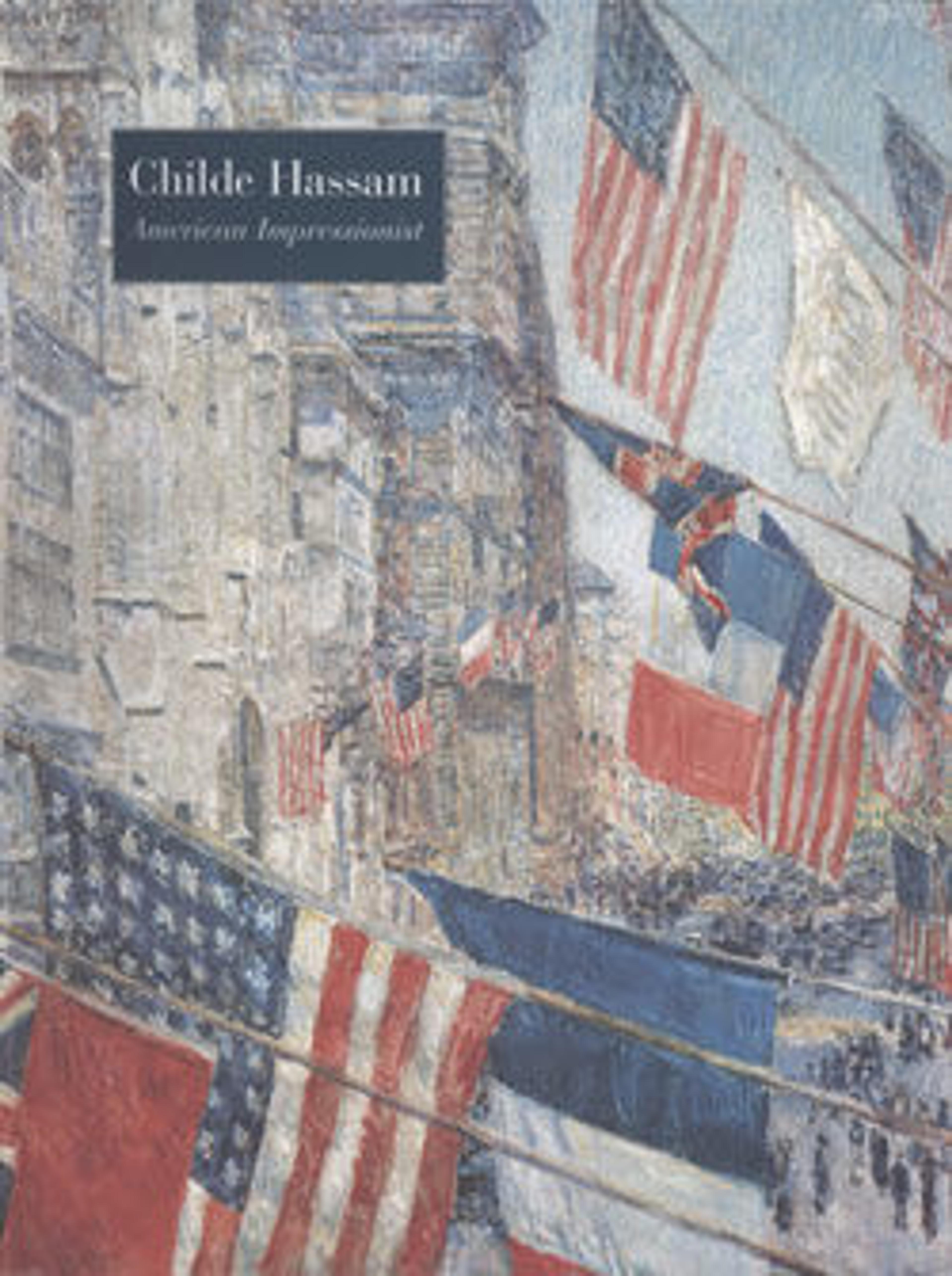
Childe Hassam: American Impressionist
"I believe the man who will go down to posterity is the man who paints his own time and the scenes of everyday life around him," declared Childe Hassam in 1892. It was as a pioneer of American Impressionism and perhaps its most prolific and successful practitioner that Hassam (1859–1935) realized this credo. In so doing, he provided an engaging account of our national life during a dynamic period. At the same time he helped to create a wave of enthusiasm for American Impressionism that he rode to fame and fortune.
Hassam's earliest work announce his cheerful euphemism, pride in American traditions, and what would become his lifelong devotion to both pastoral scenes and urban views. As a student in Paris, he was exceptional among his compatriots in adopting the French Impressionists' modern subjects and lively technique. Upon settling in New York, Hassam became the city's principal American Impressionist chronicler. He made long visits to picturesque New England villages and later spent summers working in elegant East Hampton, New York, sojourns that yielded rich material for his brush. Among Hassam's favorite themes are New York shown at all seasons and times of day, often veiled in snow or evening mist; beguiling women in interiors or at leisure in sun-dappled gardens; and dazzling coastal views. Today he is best known for his exuberant portrayals of Celia Thaxter's old-fashioned garden on Appledore Island, Maine, and his depictions of the flags, banners, and bunting displayed on New York's tall buildings in patriotic response to World War I.
This lavishly illustrated publication accompanies a major exhibition at the Metropolitan Museum, the first retrospective presentation of Hassam's work in a museum since 1972. The insights of H. Barbara Weinberg, the Metropolitan's Alice Pratt Brown Curator of American Paintings and Sculpture, and other experts shed new light on the artist's achievements in texts that will engage scholarly and popular audiences alike. Reconsidered are his formative period in Boston and his student years in Paris. His rural and urban scenes, analyzed in terms of their Impressionist brushwork and palette, are also measures against his determination to portray modern life. The New England views, which offer a composite portrait of the region that preserved American traditions in the face of daunting change, are examined for the first time in relation to the attributes of the locales Hassam visited. And his genteel portrayals of New York are shown to have become increasingly euphemistic as the city's population grew more fluid and heterogeneous after 1900. Hassam's watercolors, etchings, and lithographs have also merited fresh scrutiny.
Unique to this volume are an account of Hassam's lifelong campaign to market his art, a study of the frames he selected and designed for his paintings, and an unprecedented lifetime exhibition record. Included in addition are a checklist of works in the exhibition and a chronology of Hassam's life. All works in the exhibition as well as rich comparative materials are reproduced.
Met Art in Publication
Citation
Hassam, Childe, Helene Barbara Weinberg, Elizabeth E. Barker, and Metropolitan Museum of Art, eds. 2004. Childe Hassam, American Impressionist: In Conjunction with the Exhibition “Childe Hassam, American Impressionist”, Organized by the Metropolitan Museum of Art, New York and Held There from June 10 to September 12, 2004. New York: Metropolitan Museum of Art [u.a.].
